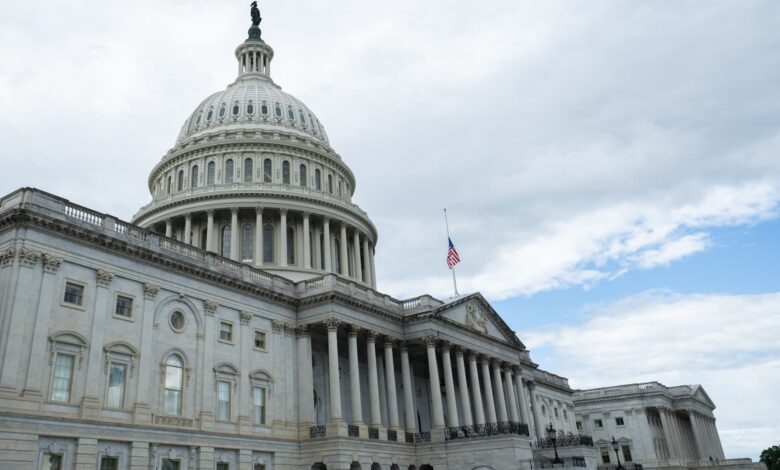What the national debt, deficit mean for your money

House Republicans passed a massive package of tax cuts in May that is expected to significantly increase the U.S. debt by trillions of dollars. The Senate is now considering this legislation, which has raised concerns about its potential impact on the national debt.
The Committee for a Responsible Federal Budget estimates that the bill could add about $3.1 trillion to the national debt over a decade, bringing the total to $53 trillion with interest. The Penn Wharton Budget Model projects an even higher estimate of $3.8 trillion, including interest and economic effects.
Rep. Thomas Massie of Kentucky, one of the two Republicans who voted against the House measure, referred to it as a “debt bomb ticking” and warned that it would dramatically increase deficits in the near term. Other Republican Senators, including Sen. Rand Paul, have also expressed concerns about the bill’s potential impact on the U.S. debt load.
The rising national debt is a significant issue that can have a direct impact on household finances. Economists warn that a higher U.S. debt burden could lead to increased costs for consumers, particularly in financing homes, cars, and other common purchases. Mark Zandi, chief economist at Moody’s, emphasized that the rising debt load could result in higher interest rates for consumers.
The House legislation cuts taxes for households by about $4 trillion, with most of the benefits accruing to the wealthy. However, the bill also includes cuts to safety-net programs like Medicaid and food assistance for lower-income individuals. Some argue that President Trump’s tariff policies could offset a portion of the tax cuts, but economists caution that tariffs are an unreliable revenue generator.
One key factor that ties rising debt to interest rates is the perception of U.S. debt loads and their impact on Treasury bonds. Consumer borrowing, such as mortgages and auto loans, is priced based on yields for U.S. Treasury bonds, particularly the 10-year Treasury. If the U.S. debt and deficit were to increase significantly, investors may demand higher interest rates to compensate for the added risk of the government not meeting its debt obligations.
A higher debt burden could lead to a rise in Treasury yields, which would impact consumer borrowing costs. Zandi estimates that a 1-point increase in the debt-to-GDP ratio could lead to a 0.6 percentage point increase in the 10-year Treasury yield. This could result in a fixed 30-year mortgage rate rising from almost 7% to roughly 7.6%, making homeownership less affordable for many.
It’s not just consumers who would be affected by higher debt levels. Bond investors would also face losses as Treasury yields rise, causing the value of their current bond holdings to decrease. The market for long-term Treasury bonds has become more volatile, leading experts to recommend shorter-term bonds for investors.
Overall, the U.S. debt burden is a growing concern that could have far-reaching implications for the economy and consumers. Without action to address the rising debt levels, the situation could worsen significantly. The House legislation has raised alarms among economists and investors, who worry that it could exacerbate existing problems and lead to further financial instability.





